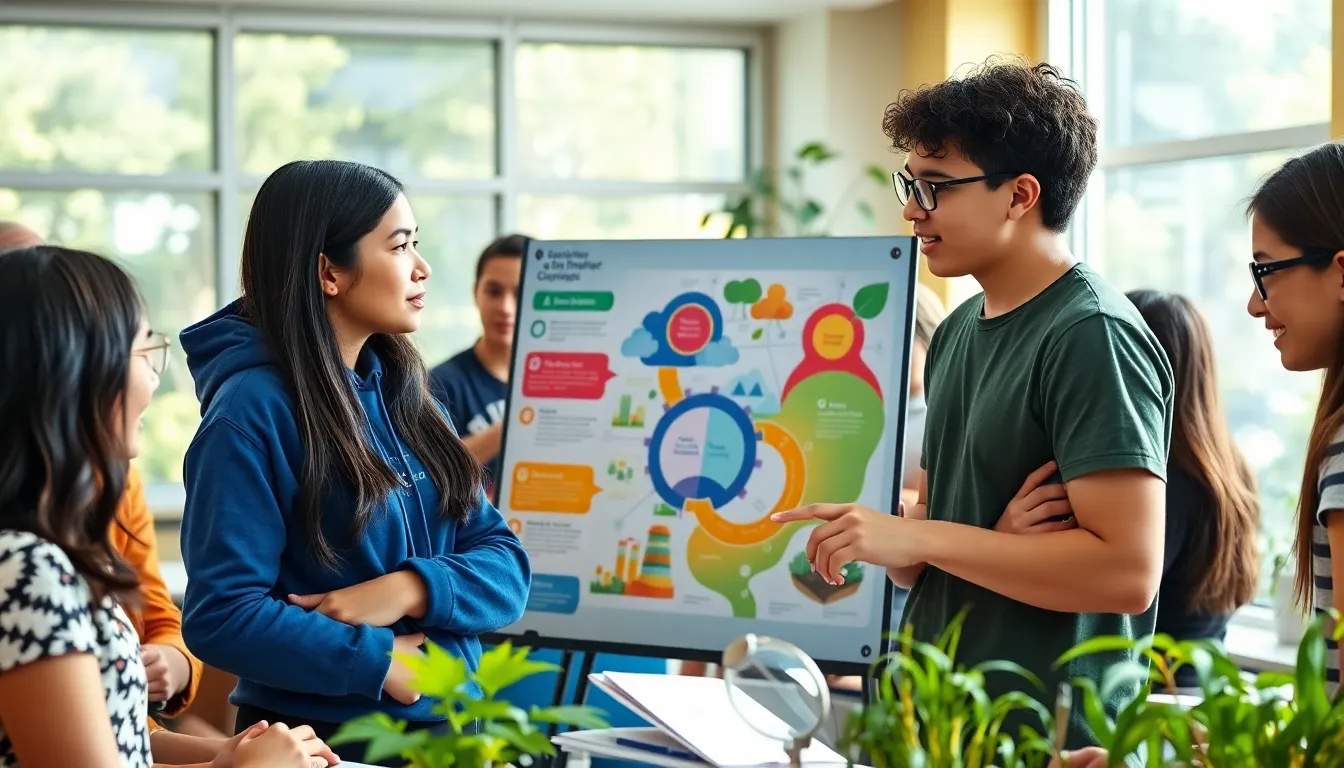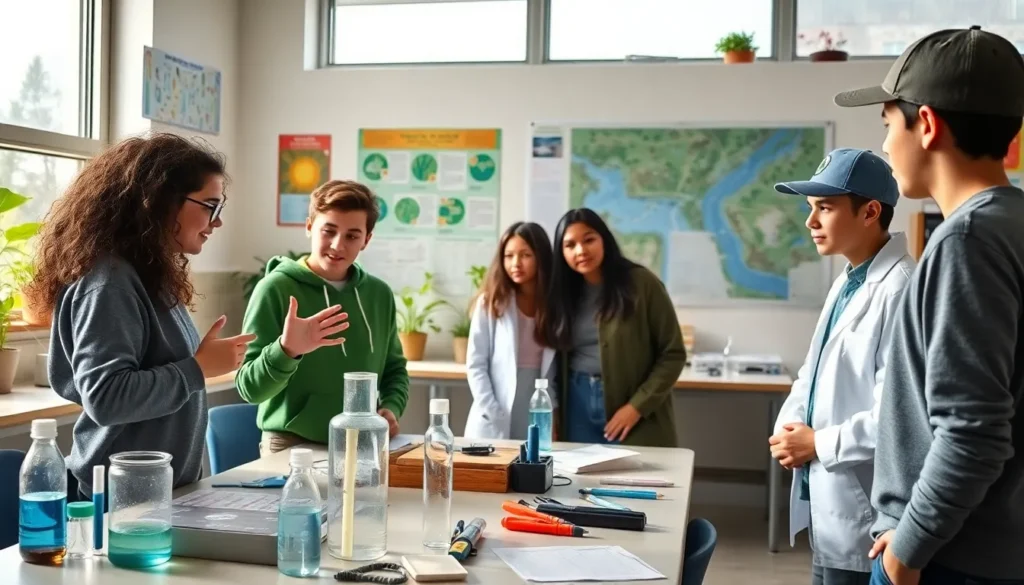Integrated science represents a holistic approach to education, blending multiple scientific disciplines into a cohesive learning experience. As students navigate this interdisciplinary landscape, they develop a more comprehensive understanding of the world around them. In this context, Redwebzine Integrated Science emerges as a valuable educational resource, providing tools and methodologies that cater to diverse learning styles. This article explores the essence of integrated science, its significance in education, and the innovative strategies being implemented in Redwebzine.
Table of Contents
ToggleWhat Is Integrated Science?

Integrated science is an educational approach that seeks to unite the various disciplines of science, such as biology, chemistry, physics, and earth science, into a cohesive curriculum. Instead of teaching these subjects in isolation, integrated science provides students with an understanding of how these disciplines interact in the natural world. This facilitates a deeper comprehension of scientific concepts, encouraging critical thinking and problem-solving skills.
In essence, integrated science allows students to see beyond the boundaries of individual subjects. For instance, a unit on climate change might encompass elements of biology (ecosystems), chemistry (atmospheric gases), and physics (energy transfer), illustrating how interconnected these fields truly are. This interconnectedness not only enhances learning but also prepares students for real-world challenges, where solutions often lie at the intersection of multiple scientific domains.
The Importance of Integrated Science in Education
The educational landscape is increasingly recognizing the importance of integrated science. Traditional teaching methods, which often segregate subjects, can lead to a fragmented understanding of science as a whole. Integrated science, but, fosters a more coherent view, vital for preparing students for higher education and various career paths in science and technology.
Research has shown that students engaged in integrated science curricula tend to perform better academically. They develop skills critical for the 21st century, such as collaboration, communication, and analytical thinking. Also, integrated science contributes to greater engagement and motivation among students. By connecting scientific concepts to real-world problems and societal issues, learners can appreciate the relevance of what they study, leading to a more enthusiastic and proactive approach to their education.
Key Components of Redwebzine Integrated Science
Redwebzine Integrated Science incorporates several essential components that highlight its innovative approach:
- Interdisciplinary Curriculum: By merging different scientific subjects, Redwebzine crafts a curriculum that emphasizes the connections between them, promoting holistic understanding.
- Hands-On Learning: Practical experiments and collaborative projects feature prominently, allowing students to apply theoretical knowledge to real-world situations.
- Technology Integration: Utilizing digital tools and resources, Redwebzine enhances the learning experience, making complex scientific concepts more accessible. Online platforms help interactive learning, fostering greater student engagement.
- Diverse Assessment Methods: Instead of relying solely on traditional tests, Redwebzine employs various assessment styles, including portfolios, group projects, and presentations, catering to different learning preferences.
Innovative Teaching Methods in Integrated Science
Redwebzine Integrated Science champions innovative teaching methods that resonate with today’s learners. These include:
- Project-Based Learning: Students tackle real-world problems through collaborative projects that require them to apply interdisciplinary knowledge.
- Flipped Classroom: Instructors use this model to assign preliminary content for students to review at home, while class time is devoted to discussions and hands-on activities.
- Inquiry-Based Learning: This approach encourages students to ask questions, conduct experiments, and synthesize information, fostering a curious mindset and deeper understanding of scientific principles.
Such methods not only enhance comprehension but also cultivate essential skills that are critical for success in both academic and professional realms.
Real-World Applications and Case Studies
The impact of integrated science reaches beyond the classroom, extending into various fields and industries. For instance, environmental science curricula often explore case studies that examine local ecosystems, energy usage, and sustainability practices. By analyzing real issues, students can apply their knowledge to find solutions to pressing problems.
One notable case study featured in Redwebzine discusses water quality analysis in a nearby river. Students engage in hands-on testing, learning about biological indicators of health, chemical pollutants, and the physics of water flow. This project not only emphasizes scientific principles but also highlights community involvement and environmental stewardship.
Future Trends in Integrated Science Education
Looking ahead, integrated science education is poised to evolve in response to emerging trends:
- STEM Integration: As the push for science, technology, engineering, and mathematics education intensifies, integrated science will play a critical role in fostering interdisciplinary proficiency.
- Personalized Learning: The incorporation of adaptive learning technologies allows educators to tailor instruction to meet individual student needs, promoting a more effective learning environment.
- Global Collaboration: Online platforms are facilitating partnerships between schools worldwide, allowing students to tackle global challenges collaboratively, enriching the integrated science experience.
Conclusion
Redwebzine Integrated Science exemplifies a forward-thinking approach to education, combining various scientific disciplines into a dynamic and effective learning experience. By emphasizing the interconnectedness of science, employing innovative teaching methods, and addressing real-world issues, integrated science prepares students not only to excel academically but also to thrive in an increasingly complex world. As educational paradigms continue to shift, embracing integrated science will be crucial in developing the next generation of critical thinkers and problem solvers.








